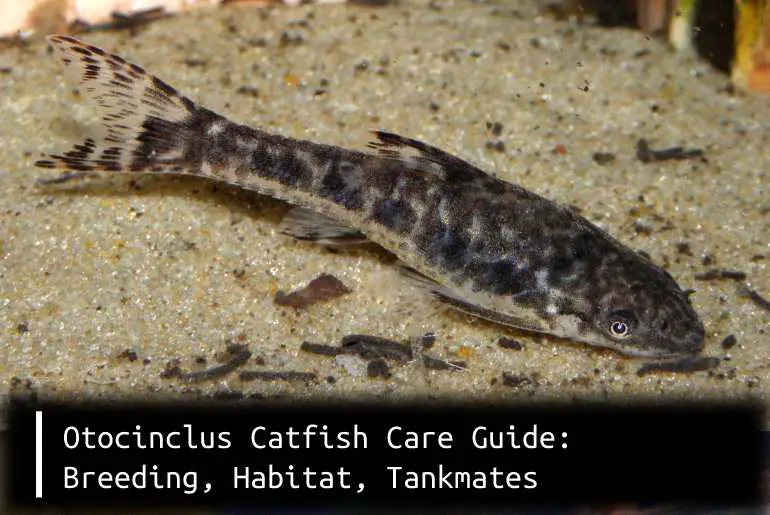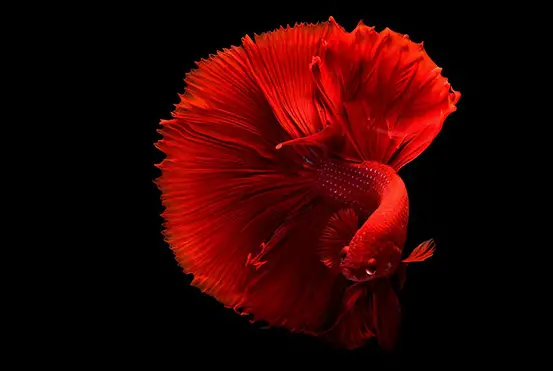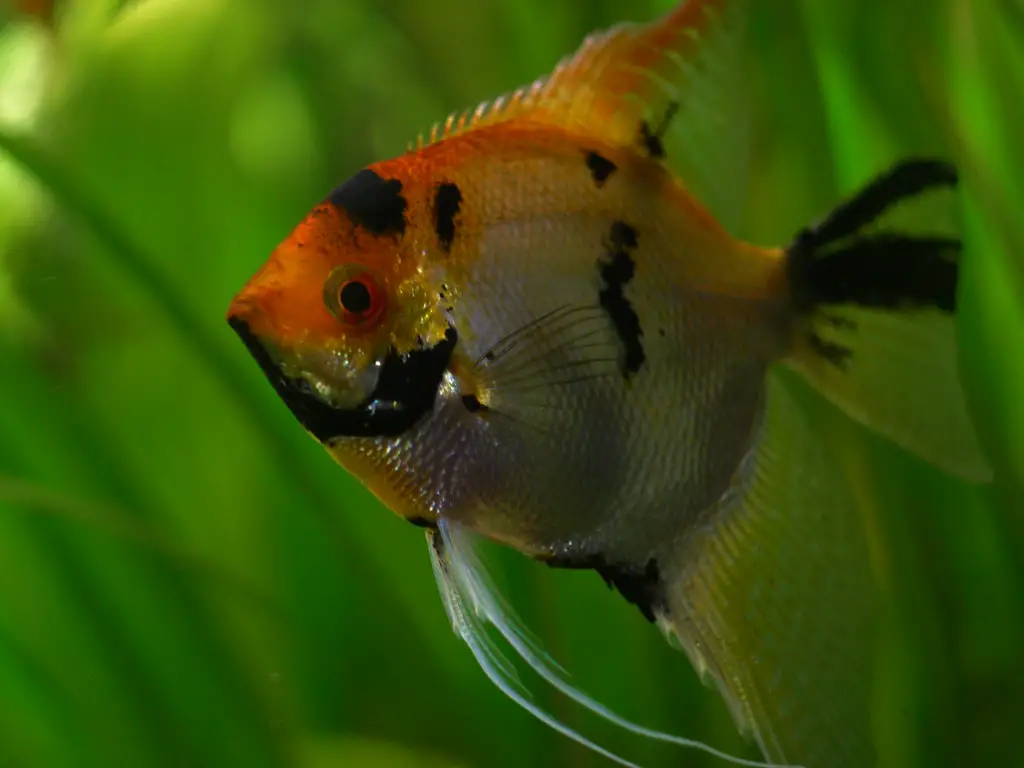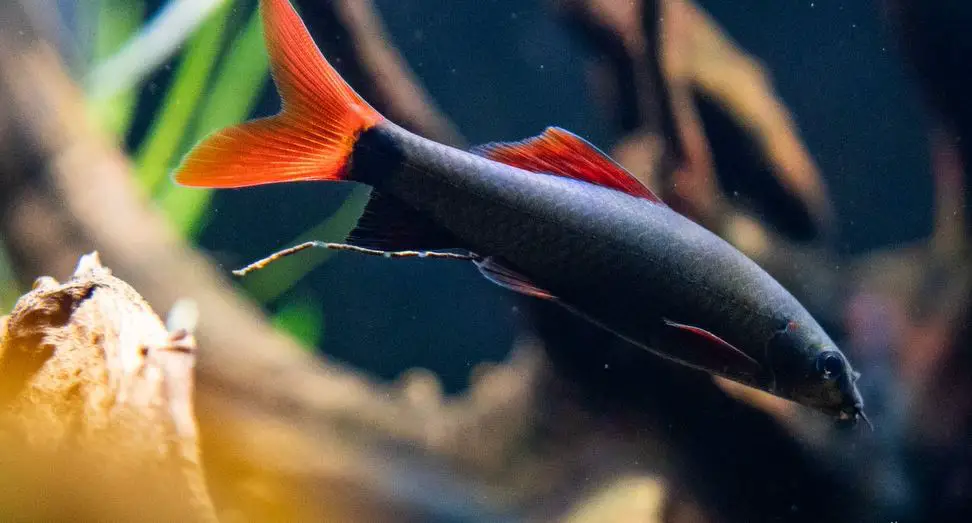Otocinclus Catfish are popular for their calm and non-aggressive nature. Oto Catfish are very popular among beginning fishkeepers as these fish are relatively easy to take care of. Otos are small in size and do not require large tanks. These fish are very lovable creatures that are famous for loving algae.
The Oto catfish is a freshwater fish belonging to the catfish family. Otocinclus catfish come in 22 different species. These little fish can reach a length of 2 inches and come in a variety of colors, with a typical brown stripe running horizontally down their bodies. Otocinclus are calm, timid fish that are well-liked by aquarists for their willingness to consume algae. This is just the tip of the iceberg because we have everything you need and more about Otocinclus.
So tag along with us on this journey towards learning about this magnificent fish.
Origin
Otocinclus catfish prefer the slow-moving, shallow rivers and streams of South America.
These fish like clinging to rocks, driftwood, and other hard surfaces in their natural habitat to eat algae. The riverbed in this environment is soft and sandy, and the waters are modestly vegetated with decent access to sunshine.
Availability
Otocinclus is a famous catfish that is easily found in pet stores and on the internet. Most shops at least have common Otocinclus, and some also have other different Otocinclus varieties. Common Oto catfish typically cost $3, while more distinctive Otos can cost anywhere from $13 to $18.
Some online stores we recommend that sell Otos are:
- LiveAquaria (has common Otocinclus)
- Aquaticarts (has common, alligator, orange zebra, and giant Otocinclus)
- Imperial Tropicals (common, giant Otocinclus, zebra)
Adult Size And Lifespan
The Otocinclus catfish is a tiny fish that can grow up to 2 inches. Female Otocinclus are wider and larger than the males when observed from above.
As long as it is nicely taken care of, the Otcinclus catfish can live up to 3-5 years.
Behavior
Otocinclus are shy, solitary fish with unique eating habits. They want to avoid conflict since they are naturally passive. These fish are quick swimmers, and they rush across the aquarium to find a hiding spot when they sense danger.
Oto catfish are primarily nocturnal fish that like to spend the majority of their time in groups feeding on algae while latched by their jaws onto the bottom of the aquarium. They want to avoid conflict since they are naturally passive. They want to avoid conflict since they are naturally passive.
The Otocinclus catfish avoids collisions with its tank mates by staying at the bottom of the aquarium. It’s said that the catfish Otocinclus is a very calm small fish. They frequently feed on the larger fish housed in the aquarium since they are little. They are somewhat more hesitant than other fish as a result of this.
Otocinclus catfish will periodically swim to the surface to breathe some air. They mostly do this if there is not enough oxygen in the tank water.
Appearance
The Oto catfish is a calm, cautious fish that grips onto surfaces with its powerful mouth to feed. It has a tiny, cylindrical body. Otocinclus catfish are little fish with short fins, narrow bodies, and strong sucker mouths adapted for munching on algae in flowing rivers in the wild.
Oto catfish can only partially breathe the air above the water’s surface thanks to a hollow gap between their esophagus and stomach. Because of the rows of armor plating that run the length of their bodies and shield these fish from other fish and hard surfaces, these fish are different from other catfishes.
Oto catfish come in a variety of hues and patterns. The most well-liked Otocincluses include:
Common Otocinclus
The Common Otocinclus, the Oto catfish with the greatest geographic distribution, has practically transparent fins and a white lower body that is divided from the speckled brown upper body by a horizontal brown stripe.
Zebra Otocinclus
An Oto catfish with stripes running vertically from the caudal fin to the head in black and white, resembling a zebra appears in a variety of hues, including an orange zebra.
Golden Otocinclus
A variation on the common Otocinclus that resembles more gold in appearance.
Dark Otocinclus
A species of Oto catfish that is brown in color rather than silver and has similar lateral stripes as the majority of other Oto catfish species.
Otocinclus otocinclus
Rare Oto catfish species with gray, brown, and black mottling on their bodies.
Stress or housing in unfavorable water conditions causes the fish to become duller than usual. To attract mates, breeding fish are vibrant and more colorful than usual.
Little Otocinclus
A species of Oto catfish that is brown in color rather than silver and has the same lateral stripe as the majority of other Oto catfish species.
Otocinclus Catfish Care And Tank Requirements
As long as you faithfully replicate the fish’s natural habitat in captivity, taking care of Oto catfish is simple. The fish should have easy access to algae in a warm, freshwater tank with slow-moving water.
Habitat and Tank Requirements
Create an aquarium with a suitable substrate, accents, and plants to mimic this ecosystem. Shallow, slowly moving freshwater rivers and streams with algae-covered surfaces and easy access to sunlight make up the Otocinclus’ native habitat.
For the tank’s substrate, select soft, fine-grained sand. Make sure to avoid coarse substrates that can hurt the fish’s body because Oto catfish are bottom-dwellers with a reputation for digging in the substrate.
Algae can be encouraged to flourish and can find cover and hiding places in decorations like rocks, caves, driftwood, and staurogyne plants. Place the tank in a location that has access to direct sunlight for a portion of the day to accelerate algae growth and provide a larger food source for Otocinclus. Standard aquarium lighting is fine for this.
Ideal Tank Conditions For Otocinclus
Otocinclus catfish prefer the following tank conditions:
Water Type
Soft, well-oxygenated water with a slow flow is the best type of water for Otos.
Water Temperature
The water temperature in an Oto tank should be around 72–79°F (22–26°C).
Tank Size
The tank size for Otos should be 10 gallons at the very least or 20 gallons for groups larger than 10 fish.
Substrate
Soft sand is the best for Otocinclus as a substrate.
Acidity
The acidity should be around 6.8–7.5 pH in an Oto tank.
Tank Setup
Plants, driftwood, and rocks are great additions to the Otocinclus tank.
Water Hardness
The water hardness for the Oto tank should be around 7.0–15.0 dGH.
Lighting
Standard aquarium lighting is good for the Otocinclus tank. It does not require a fancy lighting setup.
Filter
Otos do require a water filter. A good filter is necessary to reduce nitrite and ammonia levels since Oto catfish are susceptible to poor water quality.
Bubbler
Bubblers are not mandatory for an Oto tank but can be used to oxygenate the water in the tank.
Otocinclus are tough fish, but they can’t handle changing water conditions. Therefore, maintain the water clean and consistent with keeping the fish happy and healthy.
Diseases in Otocinclus
Although there are no particular illnesses that specifically affect Otocinclus catfish, the fish are vulnerable to a variety of common freshwater illnesses.
The external parasite that affects Oto catfish most frequently is Ich, also known as the White Spot Disease. The body and fins of the fish develop itchy, salt-like sprinkles as a result of this illness. Ich causes the fish to appear listless, rub their bodies against the tank’s surfaces, and possibly lose their appetites.
Following the directions on the packet, cure ich by placing the infected fish in quarantine and adding commercial treatments or aquarium salts to the tank.
Diet And Feeding
Oto catfish are herbivores that primarily consume algae, plant materials, and bacteria in the environment. The easiest technique to mimic the diet of the fish while keeping them in captivity is to provide a copious source of algae in the aquarium.
To guarantee the fish’s diet stays constant, it is still important to keep an eye on the Otocinclus’s supplemental food consumption and the algae levels in the tank. As grazers, Otocinclus catfish are less likely to overfeed than other fish.
Otocincluses in large groups may consume algae from surfaces more quickly than the plant is able to grow. Once daily, add a few pieces of these meals to the tank; after 24 hours, remove any uneaten food. Commercial algae and vegetables like spinach, lettuce, and zucchini can provide the natural algae supply.
You can feed your Ottos the following food:
- Ocean Nutrition Instant Baby Brine Shrimp 0.7-Ounces (20 Grams) Jar
- Omega One Freeze-Dried Blood Worms, 0.96 oz
- 200 Live Daphnia by Aqua L’amour
- Hikari Bio-Pure Freeze Dried Daphnia for Pets, 0.42-Ounce
Tank Mates For Otocinclus
Small, calm Otocinclus catfish are easy prey for huge, violent carnivorous fish like Oscars and cichlids. Avoid keeping Oto catfish in a tank with fish that are aggressive or have mouths big enough to eat this little catfish species.
Here are some tank mate recommendations for Otocinclus.
- Other Otocinclus catfish (It is recommended to group Otocinclus in at least 6 of their kind since they are very social fish)
- Angelfish
- Cherry barbs
- Danios
- Tetras
- Corydoras
- Harlequin rasboras
- Guppies
- Zebra loaches
- Dwarf gouramis
- Mollies
The following are non-fish tankmate recommendations for Otocinclus catfish:
- Aquatic snails (such as nerite snails and Malaysian trumpet snails)
- Shrimp (such as ghost shrimp and Amano shrimp)
Breeding
Otocinclus catfish mature sexually between six and nine months of age. It can be challenging to breed these fish, and only experienced breeders are advised to do so. The tank water must be completely clean to encourage reproduction, and the fish must be fed a wholesome, protein-rich diet. It also promotes mating activity to raise the water temperature above 79°F.
Before fertilizing the females’ eggs, the male fish chase the females about the tank when they are ready to procreate. The eggs are laid by the females on bogwood and plants, and they hatch a few days later.
Otos breed similarly to corydoras. The female scatters clusters of 3-6 eggs on plant leaves, bogwood, or even the aquarium glass while being chased by her male. Breeding Otocinclus is still being researched and explored by a lot of fish keepers. A lot of information about breeding them is still very new to many fish keepers and enthusiasts.
Raising them might be difficult because the fry requires small live meals and algae. Some fish breeders claim that Otos have a breeding season, but a particular stimulus for spawning has not been discovered yet.
Frequently Asked Questions
How Many Otos Can You Keep Together?
In the wild, Otocinclus fish live in shoals numbering in the thousands. As a result, you must have at least 6 in your tank; 10-15 would be preferable. Ideally, in a 20-gallon tank, though a 10-gallon tank will do if you just want to own 6 Otos.
Do Otocinclus Catfish Need A Heater?
Greater feedings can assist in maintaining fertilizer levels so that plants and algae can continue to develop. Other than that, Otocinclus can live in mildly acidic environments and prefers a pH range of 6.8 to 7.5. Additionally, an aquarium heater must be used to maintain a constant water temperature of between 74°F and 79°F.
Are Otocinclus Hard To Keep?
The maintenance of Otocinclus is considered rather simple. However, even though care should be simple, keeping Oto catfish can be challenging since it is still considered a fragile freshwater aquarium fish.
Do Otocinclus Only Eat Algae?
Otocinclus, also known as a dwarf sucker-mouth catfish has a maximum length of only 2 inches. This tiny guy is not known to consume your aquatic plants; instead, he enjoys nothing more than eating the algae off of your plants, glass, and other tank accessories.
Conclusion
The Otocinclus catfish are fascinating, easygoing, and peaceful fish that come in a variety of unusual hues and patterns.
If your aquarium has adequate room for at least six (10 or more are recommended) algae-eaters, you should buy Oto catfish.
If your aquarium contains huge or predatory species that could devour the fish, or if you can’t keep the water clean, don’t get Oto catfish. Otocincluses are friendly, active fish that will maintain the cleanliness of your aquarium and provide you with hours of amusement.






